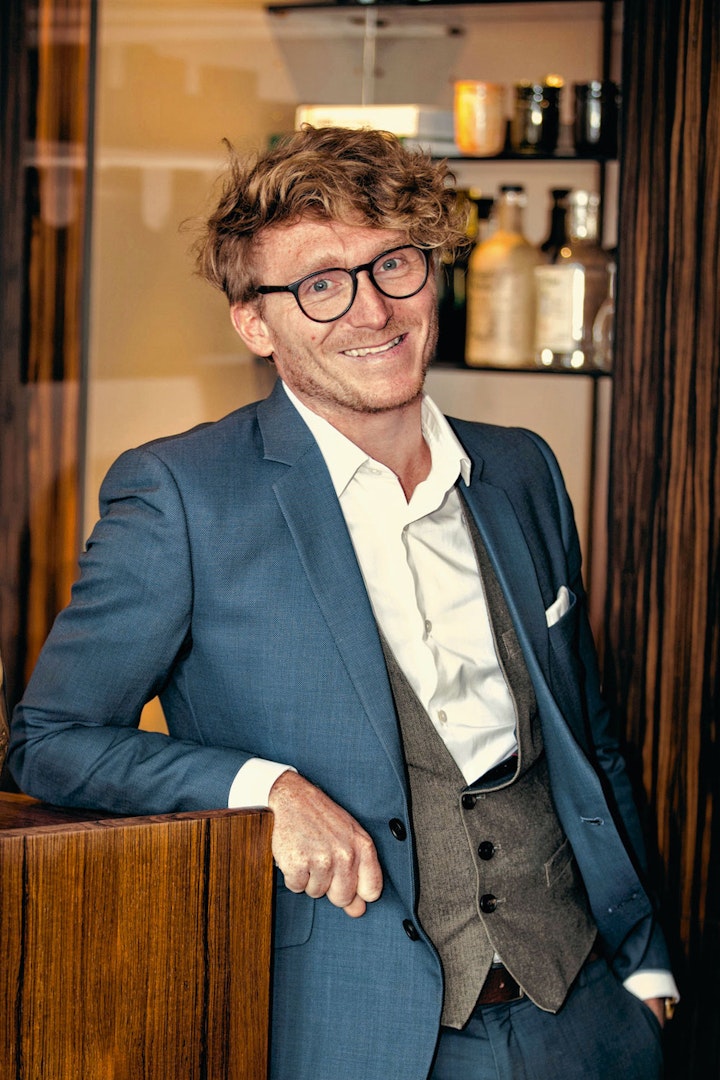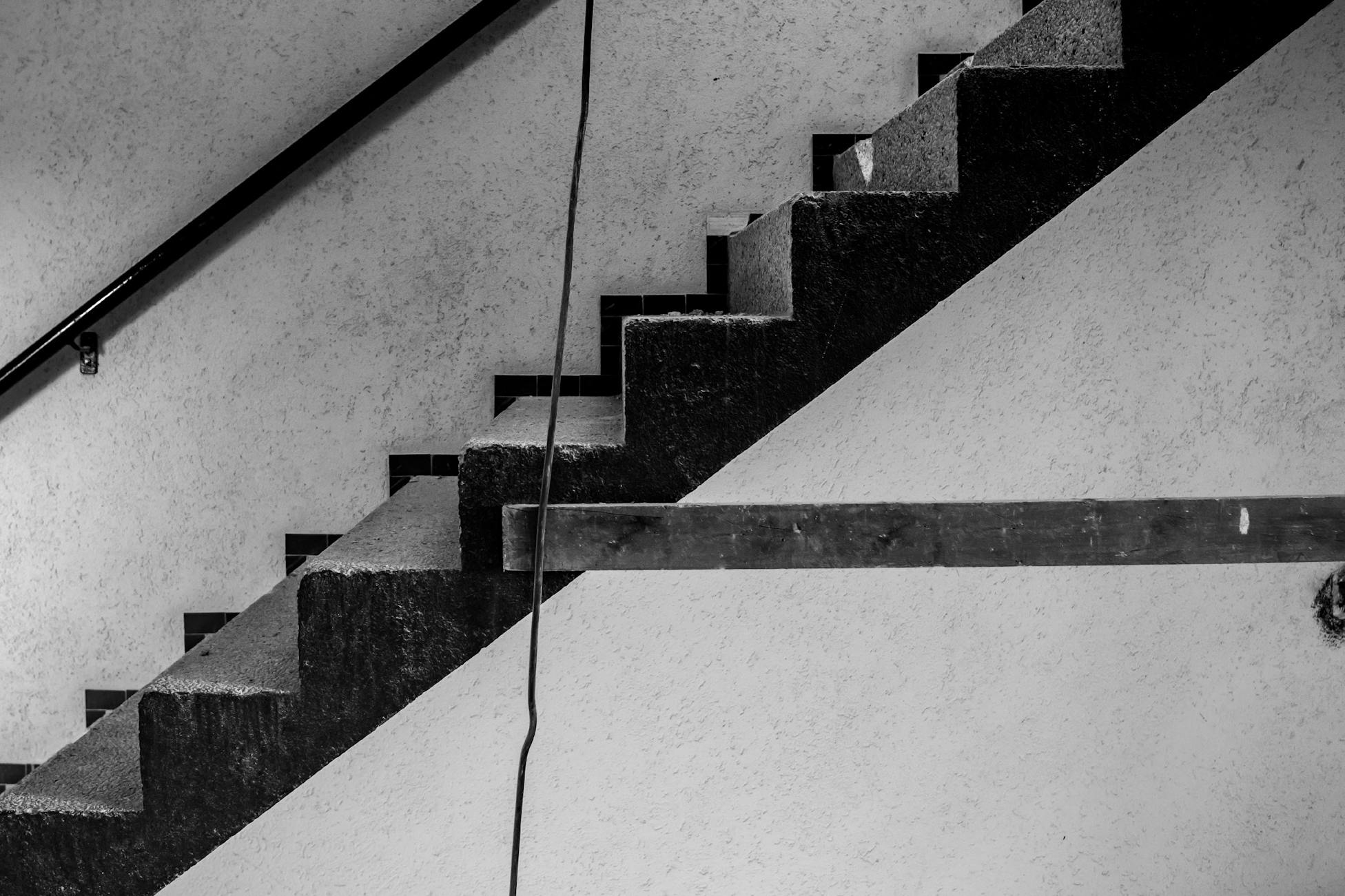Interview with Toon Haverals
“You have to use bricks as a means, not as an end.”
As an engineer-architect, Toon has always sought impact throughout his career. This is what drives him every day as CEO of LIFE to set the bar high for himself and others.

What is your current position?
‘Three years ago I became CEO of the entire LIFE group: the Netherlands, Spain, Cape Verde and Belgium. In the meantime LIFE has undergone a major reorganisation in recent years. The initial strategy to have all countries under one management has evolved into a structure with separate companies for each country. This avoids a large tree structure and gives the managers in each country the opportunity to become partners. So today I am CEO and partner of LIFE.be.’
What impact has the new organisational structure had on LIFE?
‘We now have much shorter lines, which allows us to be close to the rest of the team and the projects as management, which I personally find very important. We have worked very hard on LIFE’s DNA. For me, it is essential that I, and by extension the entire team, stands 100% behind it. This was a collective effort in which all employees were also asked for input.’
‘After 3 years of reorganisation, it is very nice to finally land and start working in a clear lean & mean organisation and to continue building LIFE.be.’
You are an engineer-architect by training, why did you choose that?
‘For me, engineer-architect was the ideal combination of the exact and the creative. By extension, I think that this balance between emotion and reason is probably the reason why I ended up where I am today.’
How did you start your career?
‘As an engineer-architect graduate, I wanted to gain as many different experiences as possible. I saw this as an extension of my studies. I have worked in three different offices. First, I worked for the engineering firm ESSA for the technical aspect, then for a small-scale architectural firm Guerrilla Office Architects working on residential projects, and then at the architectural firm Osar to work on large-scale projects.’
Do you still do architecture yourself?
‘I have been doing architecture projects on my own account for a long time. Recently, I demolished my parental home and designed a new one for my parents. It’s great to be able to give them something back in that way!’
How do you manage to combine all those things?
‘Of course I work a lot, but as long as it doesn’t feel like work, it gives me energy. In addition, I can also switch perfectly to relaxation, holiday or sleep, which makes me recharge very well… Supercharging they call it! That is the only way I can do what I do. Otherwise, this would not be feasible.’
“Everything I do, I do with passion and soul, which makes me 100% focused when needed.”

Why did you switch to real estate?
‘Architecture was a bit too limiting for me personally. That’s only one angle in the building world, while there are many more aspects. If you start working for a real estate developer, you come into contact with all aspects of real estate and you potentially have a much broader impact on the built environment and life in general.’
How did you evolve during your journey to get where you are now?
‘At Extensa, I started with the idea that I wanted to do things differently. I heard the frustrations of friends who had bought a flat with a budget for a small kitchen unit. Even though in many cases our customers are one-offs, that doesn’t pass muster with me.’
‘I really want to make sure that all end-users or buyers are satisfied. So I am fully committed to a more ethical approach, where the possible ‘conflict of interest’ that might exist between the end-user and the real estate world has no chance. A “LIFE” Cycle Cost approach is the only correct way to make investment decisions, striking the right balance between CAPEX and OPEX so that we have a positive impact on the quality of life of the final end-user.’
How do you deal with the image that exists about real estate?
‘As a developer, we can complain that everyone is against us. Or we can look into our own hearts and ask ourselves why we are sometimes criticised. I go for the second option.’
‘Let’s not forget that the way we are treated is largely in our own hands. If you are reasonable towards city councils, contractors or architects, you will generally also reap reason. If not, the water will only get deeper.’
“For me, long-term relationships are the basis for sustainable business. In addition, I try to think critically about the way real estate projects are realised.”
‘On the one hand, I am talking about working in construction teams where the division of tasks between architects and contractors is adjusted. Projects in which each party is deployed optimally on the basis of its strengths – to me, that is the future of building.’
‘Of course, the role of the builder-developer is crucial here to ensure that the interests of all parties are defended and to prevent the contractor from taking the upper hand at the expense of the architect and architectural quality in general.’
Is it important to be an architect by training as a developer?
‘It is not a must, but it can be an important added value. At LIFE we have a team of about six developers/project managers who, depending on their interests, follow up only the technical aspects of the projects or also all other aspects. A healthy combination of generalists and specialists, preferably with different backgrounds/education and experience, so that maximum knowledge sharing can occur.’
‘That is why I am so happy with the new more horizontal organisation structure. Before, I was at the top of the tree structure and could no longer focus on the projects themselves, which is still partly where my added value lies.’
Summary
Read the full interview on Archibald.
